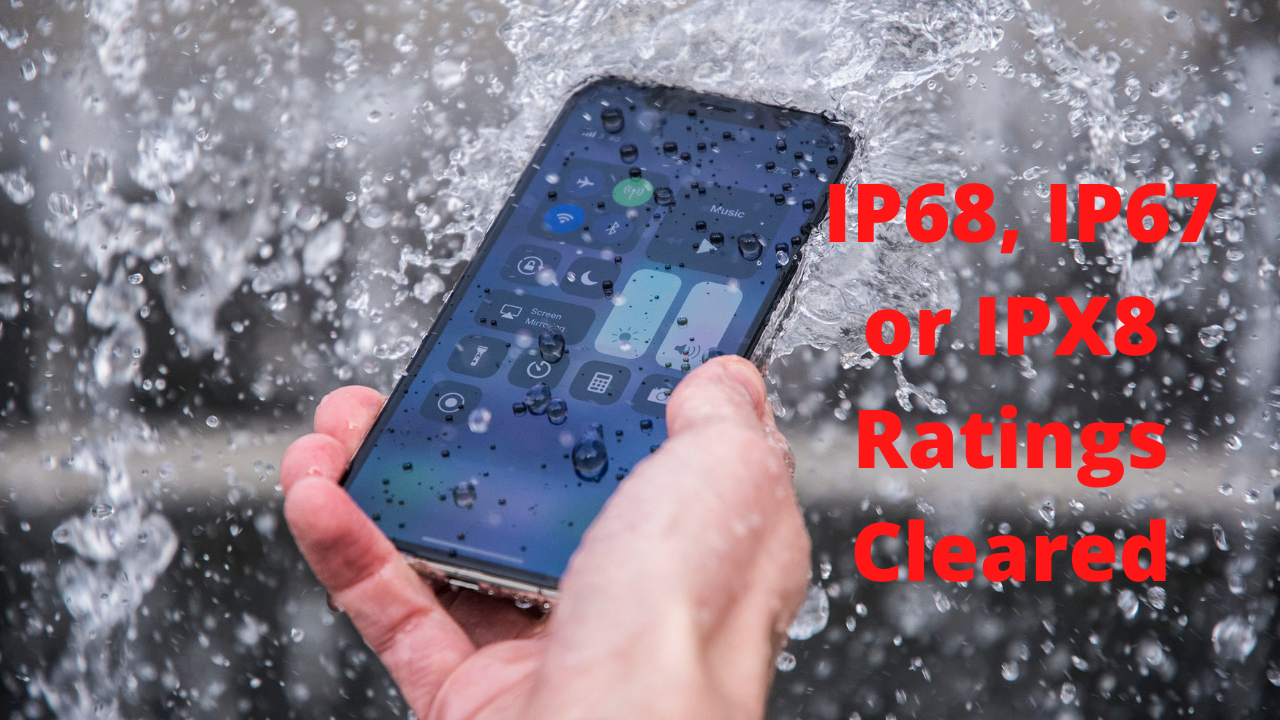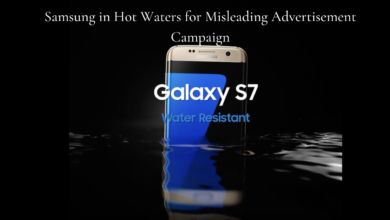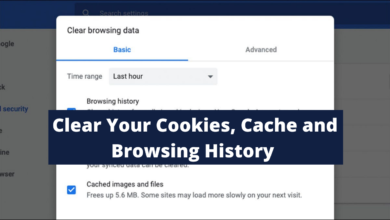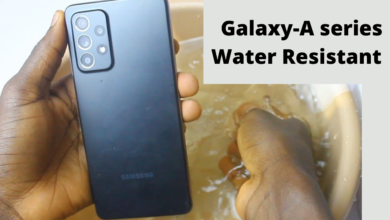IP68, IP67 and IPX8 Ratings Explained

Since our life has become fast paced and we are always on the run, small accidents and mishandlings of our hand held devices has also become a routine affair. The most common mishap with our hand held device is IT slipping out of our hands and the next common is spillage of liquid on it; be it water or cold or hot drink or juice. It always makes our heart skip a beat. To keep the consumers at ease the big tech companies have started to offer shock resistance and water resistance in their devices. The most commonly used term for “water-resistant” is IP67, IP68 or IPX8 ratings. Here in this article we will discuss what these ratings mean and how much protection these ratings give to your device.
First things first, lets understand what IP67, IP68 and IPX8 mean. IP stands for ingress protection or simply International Protection Rating. These standards are set by International Electrotechnical Commission (IEC). The ratings are designed as a system that indicates the degree of protection provided by the enclosures of electrical equipment’s.
In the rating IP67 or IP67 the first digit the degree of protection the device has against the entry of solid objects such as fingers or dust. The limit varies from 0 being the lowest protection and 6 as the highest protection level.
The second number on the rating means the protection against the moisture or liquid. The limit varies from 0 as the lowest and 8 as the highest limit of protection.
The third rating that we normally see is with an X as in IPX8. The X here means that the company has not provided any testing details so it is replaced by X. Though the device with an IPX8 rating can survive being submerged in water, but the company has not officially rated the device protection against water or dust.
Now lets shed some light over the different handsets protection rating and their claims.
We have IP68 rating for Galaxy S21 Ultra and iPhone 13 Pro. The 8 in the IP rating means that the device can withstand being submerged in at least 1 meter of water for 30 minutes according to IEC.
Whatever the rating, it is never advised to put your device to test and go swimming or diving with your device. IEC conducts these tests in controlled environment. The normal swimming pool water that we have is mostly chlorinated or the sea water is salty while the tests are conducted in clear fresh water. Other thing that we misunderstand is that in the tests the water does not have movement whereas in swimming we have a lot of movement. The movement can add water pressure which will make it more easy for the water to find way inside and may do irreparable damage.
It does not mean that IP rating has no purpose; it is for the emergencies like to receive or make a call during rain or the accident spillage of liquids.
Another term that we hear is the “water-repellent” or “water-resistant”. They do not have any IP ratings. These handsets have rubberized seals or water-repellent Nano coating to give coverage against water or moisture. These devices can survive accidental dunking in water but caution needs to be taken with submerging in water.
Whether the device has an IP rating or not, one should be careful in liquids when in vicinity. Other than the loss or damage of the device electric shocks to the user can also create problems; so one should be careful in using their devices when close to liquids.
Also Read: TENAA Certification Reveals Samsung Galaxy A53 Specs and Looks
PTA Taxes Portal
Find PTA Taxes on All Phones on a Single Page using the PhoneWorld PTA Taxes Portal
Explore NowFollow us on Google News!


